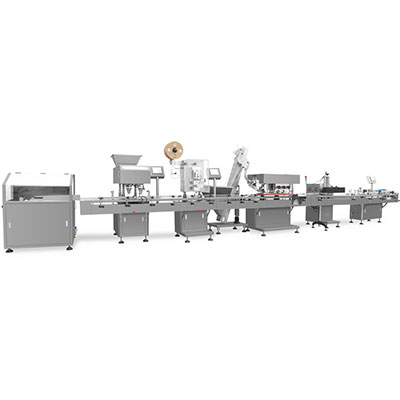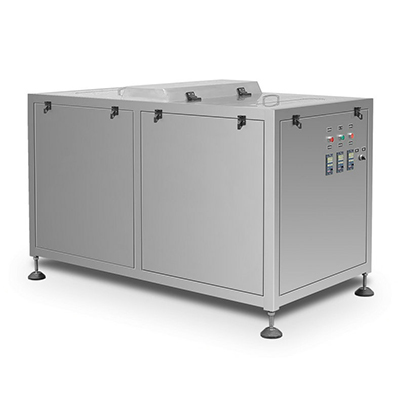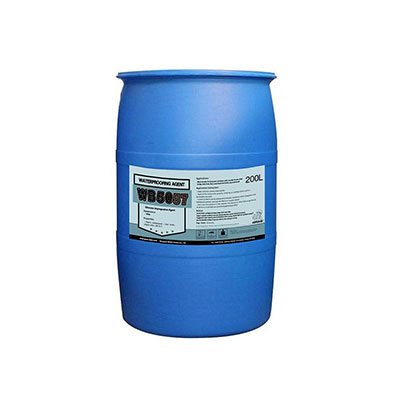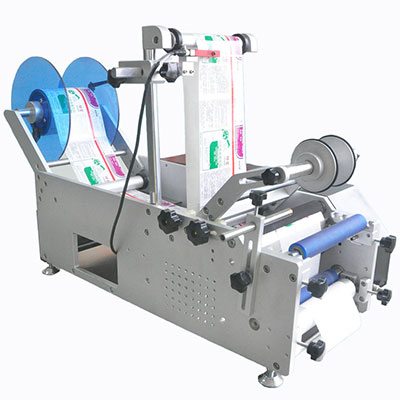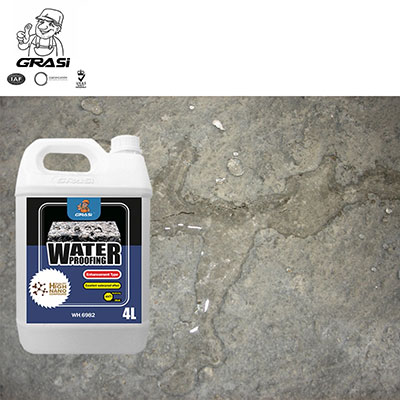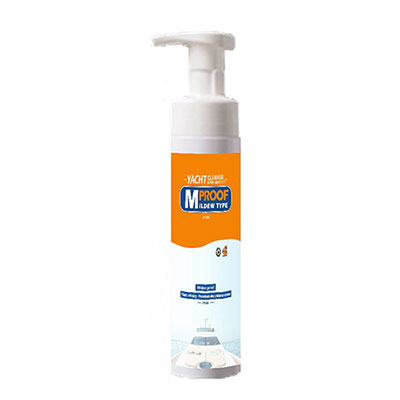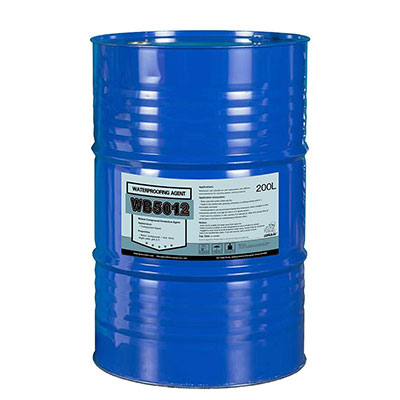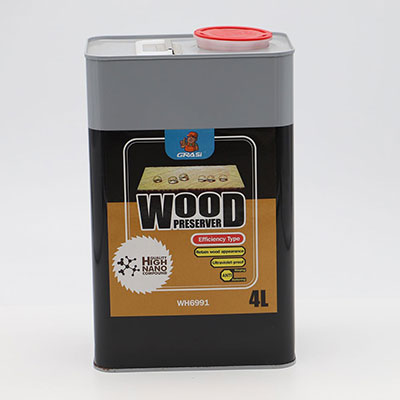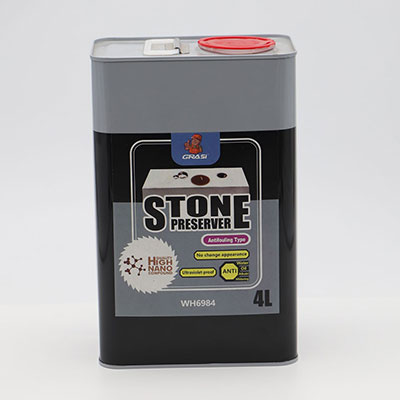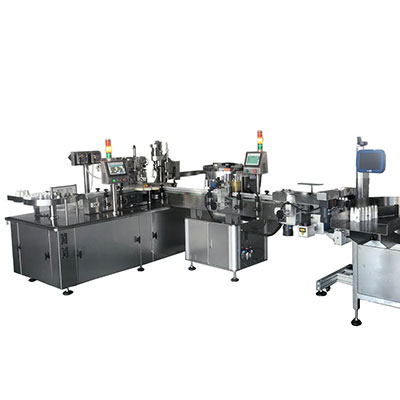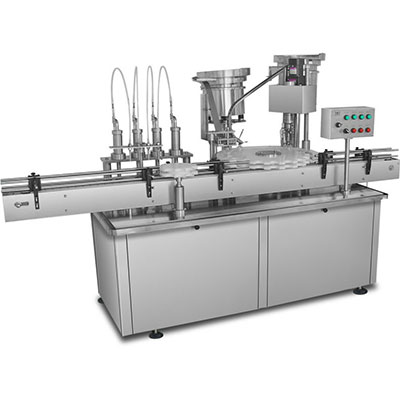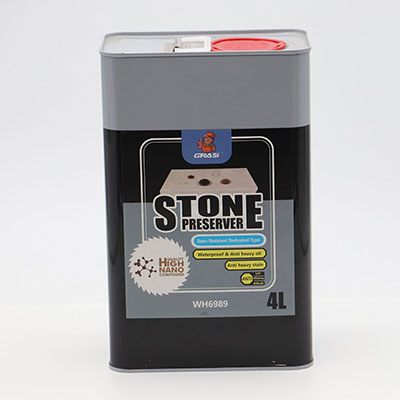Carbon Steel Pipe Fittings
Carbon steel is widely applied for production of pipe fittings because of its prominent advantages such as low cost, great processability and easiness of smelting, even though it does have some disadvantages. For example, it could not withstand the corrosion by air, acid, alkali and sodium. Below Ductile-to-Brittle Transition Temperature, it will become brittle. In addition, it will be magnetized when in magnetic fields.
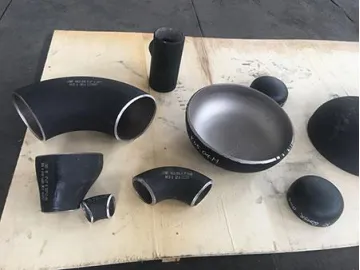
Generally, carbon steel type and production process selected for manufacturing of carbon steel pipe fittings are determined by the outer diameter and wall thickness of the finished pipe fittings required. Please refer to the situations listed below.
| Outside diameter | Wall thickness | Material | Production process |
| 1/2 inch to 24 inches | STD-SCH80 | Seamless steel pipe | Hot press forming by mandrel |
| 6 inches to 30 inches | SCH160, SCHXXS and above | Seamless steel pipe | Hot press forming |
| 6 inches to 100 inches | ≤20mm | Steel plate | Cold forming by mold |
| >20mm | Hot forming by mold |
Once formed, carbon steel pipe fittings will first go through different heat treatment processes based on the raw material grade. Then non-destructive testing will be conducted for the surface, which includes magnetic powder detection and dye penetration inspection. If qualified, the surface will go through shot blasting process and then could be imprinted and packaged according to customers’ requirements.
Material Type ASTM A234 WPB, WPC ASTM A234 WP11 CL1, WP11 CL2, WP12 CL1, WP12 CL2, WP22 CL1, WP22 CL3 ASTM A234 WP91, WP5, WP9 ASTM A420 WPL3, WPL6, WPL8 ASTM A860 WPHY42, WPHY52, WPHY60, WPHY65, WPHY70, WPHY80 ASTM A516 GR60, GR65, GR70 EN10216 P235GH, P245GH, P265GHLinks:https://www.globefindpro.com/products/29377.html
-
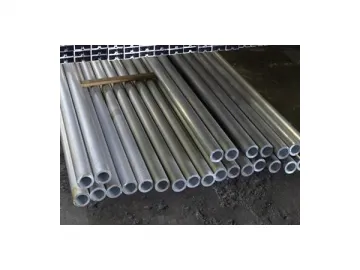 Extruded Aluminum Pipe
Extruded Aluminum Pipe
-
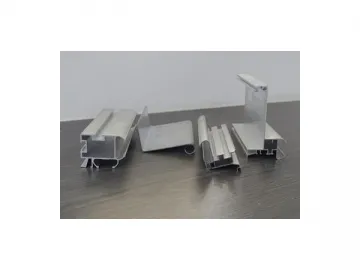 Architectural Aluminum Extrusion Framing
Architectural Aluminum Extrusion Framing
-
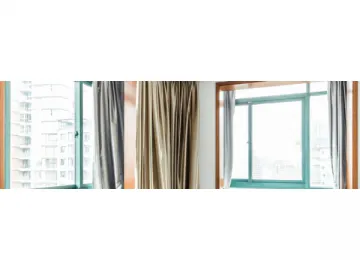 Aluminum Window Profile
Aluminum Window Profile
-
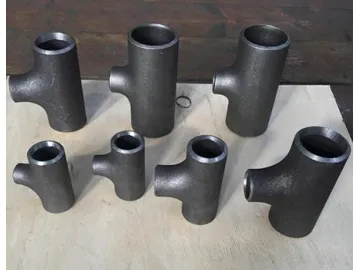 Alloy Steel Tee Pipe Fittings (Equal Tee, Reducing Tee)
Alloy Steel Tee Pipe Fittings (Equal Tee, Reducing Tee)
-
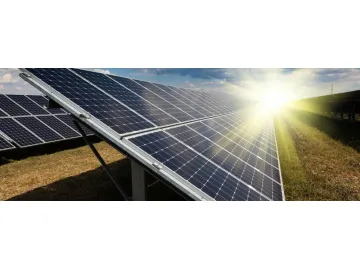 Solar Power System
Solar Power System
-
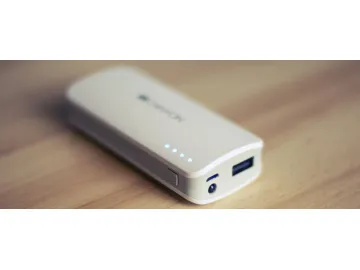 Extruded Aluminum Enclosure for Electronics
Extruded Aluminum Enclosure for Electronics
-
 Cast Aluminum Post Planter Solar Powered LED Light, ST4220SSHP LED Light
Cast Aluminum Post Planter Solar Powered LED Light, ST4220SSHP LED Light
-
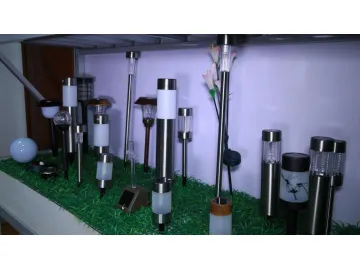 LED Light Fixture
LED Light Fixture
-
 Cast Aluminum Post Planter Solar Powered LED Light, ST4212SSP4-A LED Light
Cast Aluminum Post Planter Solar Powered LED Light, ST4212SSP4-A LED Light
-
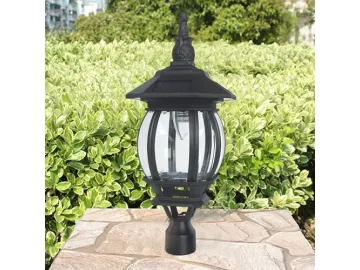 Cast Aluminum Pier Mount Solar LED Light, ST6220Q-A LED Light
Cast Aluminum Pier Mount Solar LED Light, ST6220Q-A LED Light
-
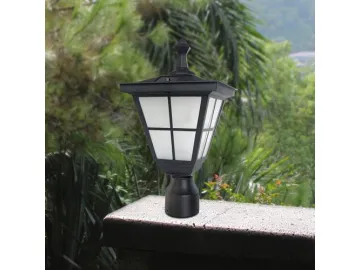 Cast Aluminum Pier Mount Outdoor LED Light, ST4214Q-A LED Light
Cast Aluminum Pier Mount Outdoor LED Light, ST4214Q-A LED Light
-
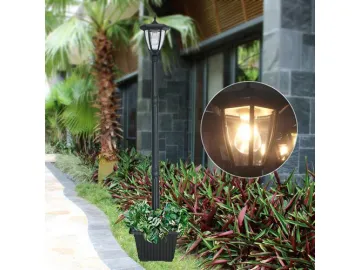 6 Panel Solar Powered LED Light with Post Planter, ST6221HP LED Light
6 Panel Solar Powered LED Light with Post Planter, ST6221HP LED Light
